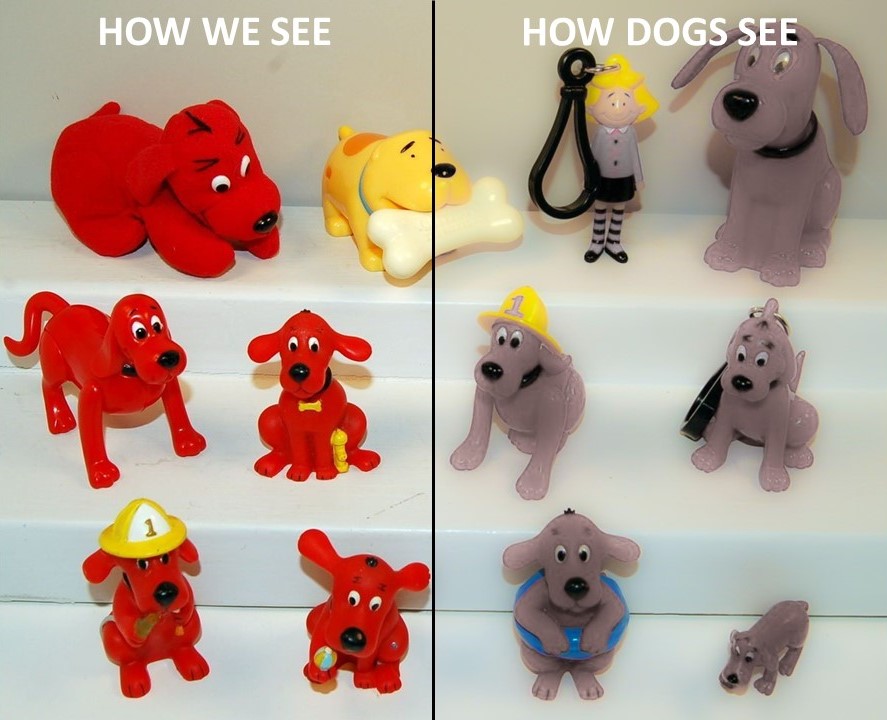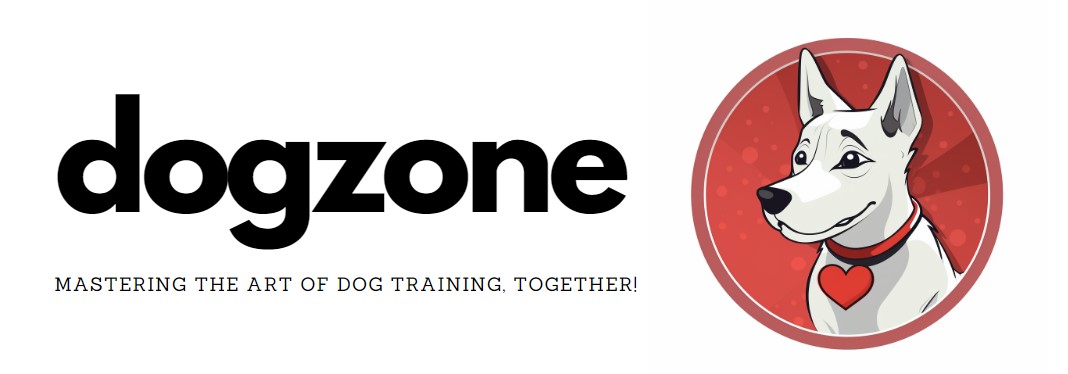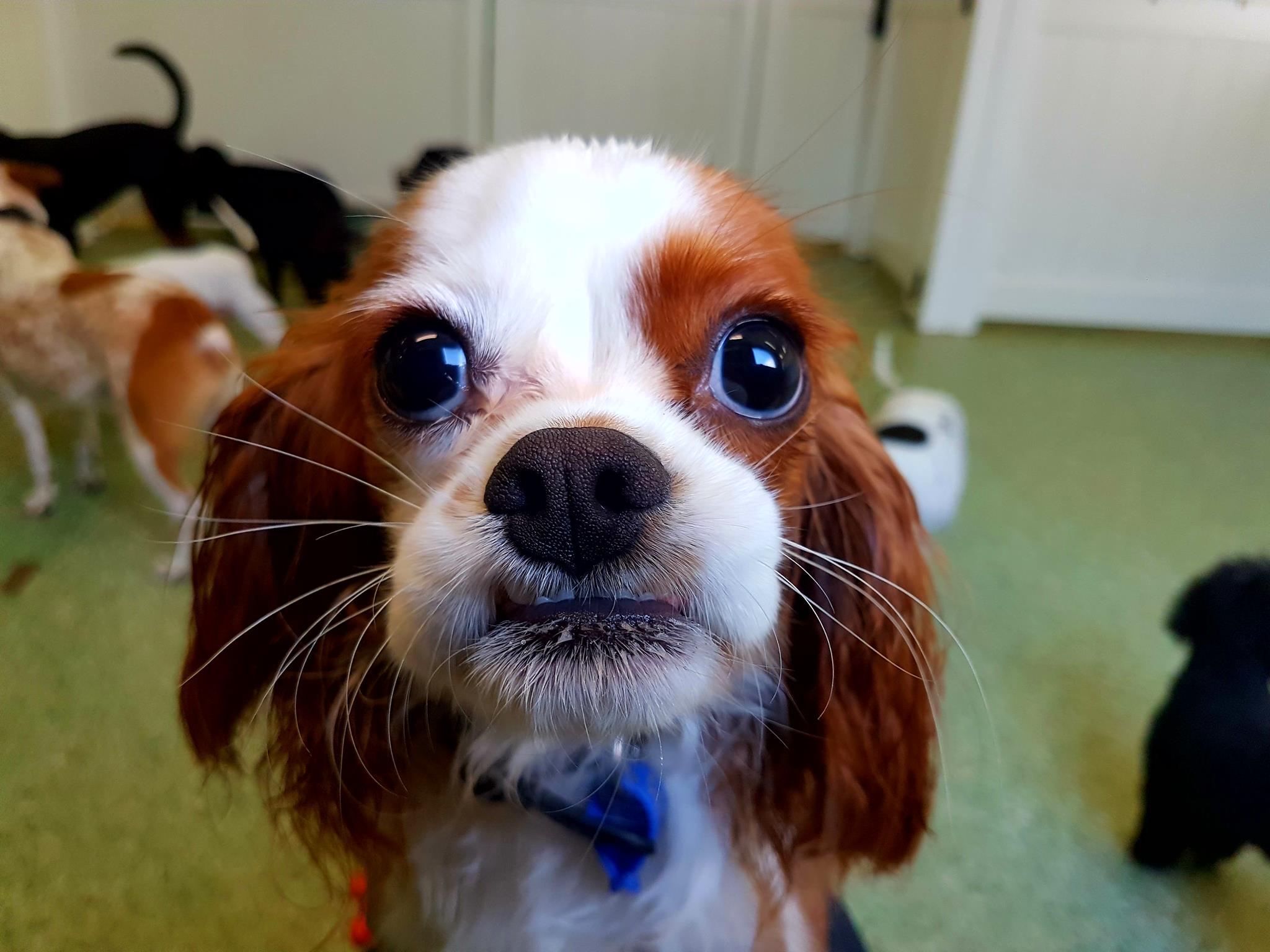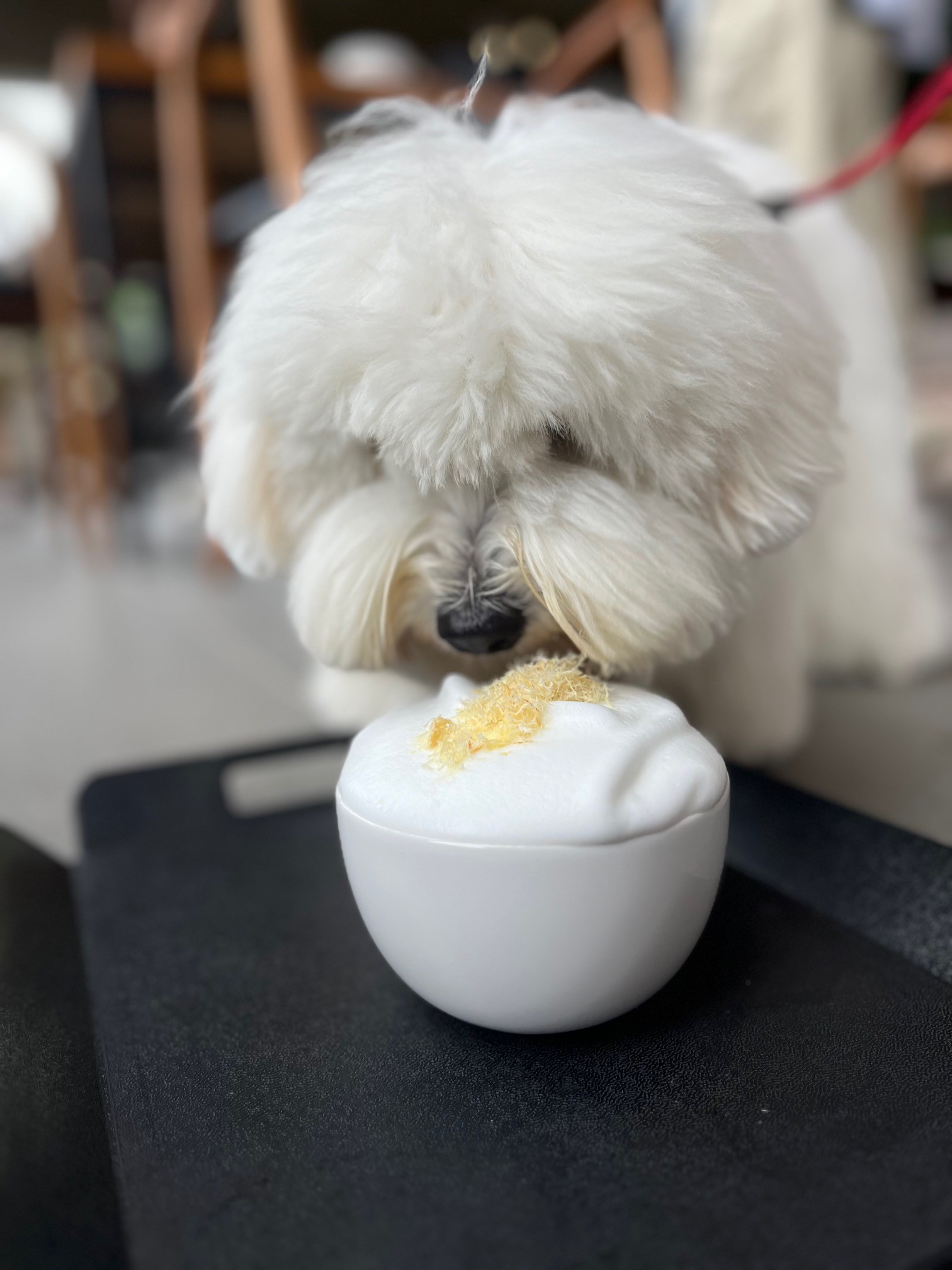Dogs are known to have acute hearing and excellent sense of smell, so it’s often assumed dogs should also have excellent eyesight. You may be surprised to learn this isn’t the case.
A dog can have vision four to eight times poorer than ours.
Put into context, if you can see an object clearly 75 feet away, a dog would need to move 50 feet closer to see the object with the same clarity.
Dogs are unable to see Red
The only way a dog can see red is figuratively if he gets angry, because the eyesight of a dog cannot recognise the colour red.
A dogs eyesight is dicromatic, which means they can only see in various shades of two colours – blue and yellow.
Look around and see all the colours which contain some shade of red, and then imagine how your dog will see them. Without red, objects take on a greenish hue, so the beautiful red roses in your garden will look like blurry and ‘muddy green’ to your dog.
Now look in the mirror – our faces, regardless of race, are made up of a considerable amount of red. To your dog, you’re actually a lovely shade of muddy green, and from a distance a blurry muddy green blob.
I bet you’ve never felt more appealing!
Taken one step further, consider what appeals to you when you eat your food – the smell, the presentation, the colour. For your dog, it’s just as well he goes by scent and not sight to choose his food. Think what a rasher of bacon would look like if it had a greenish hue – yuk.
When it comes to dog food, it may make you wonder why some well known brands come in a variety of bright colours. They don’t add those colourings for the benefit of your dog, they’re actually for your benefit. To make a yukky brown kibble look bright and colourful.
Dog vision vs Human vision
The below image is an example of dog vision vs human vison. Note on the right the absence of red, being more a brown colour, and also note the lack of clarity.

Keep that in mind when you buy a red Kong Classic!
Dogs see speed better than colour
Have you thrown a ball to your dog in the dark?
How can it be, with our dogs seeing limited colour, that they can easily chase down a ball in the dark when we can’t see the damn thing?
Dogs generally have no problems tracking movement in the dark, which means movement is far more important for a dog’s sight than colour. Regardless of how difficult something is to see clearly, if it moves, a dog can follow it.
This is why some breeds make excellent hunting dogs.
This is also useful to know when training our dogs, especially with recall training. You may notice by calling your dog from a distance they will stop and look vaguely in your direction, with a look of confusion on their face? This is because they can’t locate you.
But if you do a lot of waving of arms and movement, your dog will much sooner know where to come.
Now we understand what our dogs see, how can we harness this knowledge?
There are many aspects of dog ownership which we can adjust when we consider their limited sight.
I mentioned earlier how some dry dog foods use colourings to make them more appealing, to us as consumers. We already know food colourings in processed foods may not be healthy, so it’s worth considering this with the food we buy. Good quality meat-based dog foods are a yukky brown and usually smelly, but that’s good – for your dog!
When choosing a food bowl, bedding, or even a toy for your dog, if it contains red he will not see what you see, and if it’s too far away he may not see it at all.
Our dogs do not care what colour their stuff is, so the only reason you may spend more dollars on a colourful option is more about you than them! (Not that this is a bad thing)
Now you know why your dog can lose his ball in long grass and come out quite happily with another, completely different ball. Particularly if you throw a red ball and he returns with a yellow ball.
I hope that answers your question of what do dogs see.
Hugs!
Gina & Maisy



Leave a Reply